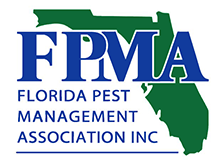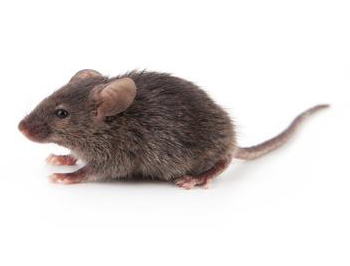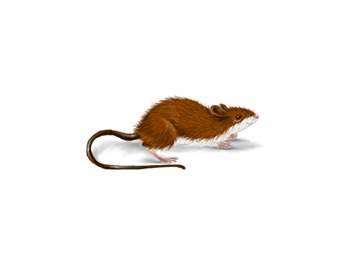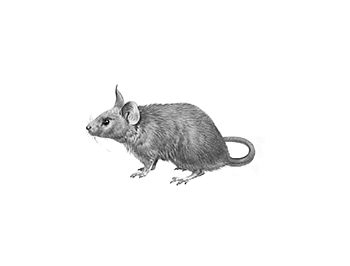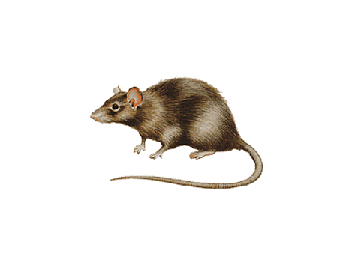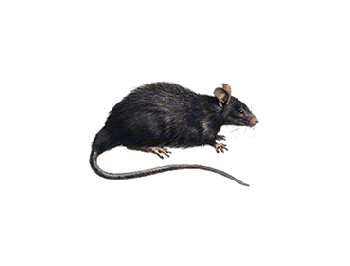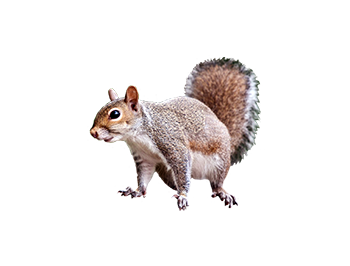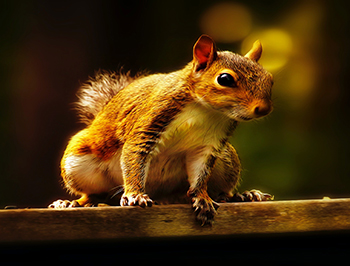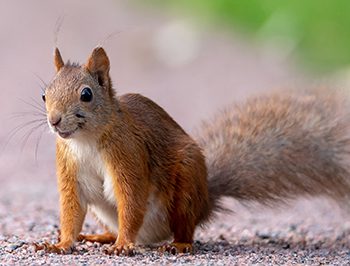Rodents
Rodents are challenging to control, whether inside or outside the house. In any case the best course of action is to determine which of these pests are presenting a serious menace to your home or business. Rodents are warm-blooded mammals that are found throughout the entire world. They have oversized front teeth for gnawing and check teeth, which are adapted for chewing. These formidable pests chew on a variety of items available to them and cause great damage. There are many different rodent types which have been identified. Some are solidly colored, while others exhibit dual coloration or gradual variations in color between their backs and feet or bellies. Some rodents bear tails that are much shorter than the lengths of their bodies, while others have tails that far exceed that length. Perhaps the most common rodent pests are mice, rats and squirrels. They thrive in both urban and rural settings and are also known to be transmitters of dangerous diseases. Don’t let an infestation ruin your life or your home’s value.
Mice
House mice are small rodents with relatively large ears and small black eyes. They weigh about 1/2 ounce and usually are light brownish to gray in color. An adult is about 5 to 7 inches long, including the 3- to 4-inch tail and has an overall gray-colored coat. The tail on the house mouse has almost devoid of fur.
Because house mice are so small, they gain entry into homes and other buildings much more easily than rats. As a result, house mouse infestations are many times more common than rat infestations. The house mouse is considered one of the most troublesome and economically important pests.
House mice consume food meant for humans or pets. They contaminate food-preparation surfaces with their feces, which can contain the bacterium that causes food poisoning. Their constant gnawing causes damage to structures and property.
The tail of the deer mouse (sometimes called the white-footed mouse) is moderately to well furred and is light underneath and dark on top. Overall the deer mouse has a white underside with a distinct line of demarcation between the dark coloration on top and the white underside. They live in wooded or shrubby areas and often inhabit hedgerows. They occasionally move into buildings from adjacent fields and woodlots and are active all year. Outdoors, these mice construct nests in stumps, under logs, in hollow tree cavities, or in abandoned bird nests.
Deer mice frequently enter houses, garages, storage sheds, and stored campers during the colder months where they may damage foodstuffs and furnishings. In unoccupied summer homes or cottages, damage to upholstered furniture can be extensive.
Prevention of rodent infestations include a combination of eliminating access points these pests might use to enter your home, and removing food sources and shelter that attract rodents.
Rats
Rats tend to have hairless tails and ears and are larger in size than most mice.
People don’t often see rats, but signs of their presence are easy to detect. If you hear noises within the attic or wall of your home, you might have a rat or mouse infestation. You will know where they have been by rat droppings you notice or by the holes chewed in walls, food boxes, insulation and other places in your home or business.
Norway rats (sometimes called brown or sewer rats) are stocky burrowing rodents. Their burrows are found along building foundations, beneath rubbish or woodpiles, and in moist areas in and around gardens and fields. Nests can be lined with shredded paper, cloth, or other fibrous material. When Norway rats invade buildings, they usually remain in the basement or ground floor. Norway rats live throughout the 48 contiguous United States wherever people live.
Roof rats, sometimes called black rats, are slightly smaller than Norway rats. Unlike Norway rats, their tails are longer than their heads and bodies combined. Roof rats are agile climbers and usually live and nest above ground in shrubs, trees, and dense vegetation such as ivy. In buildings, they are most often found in enclosed or elevated spaces such as attics, walls, false ceilings, and cabinets. Roof rats prefer ocean-influenced, warmer climates.
Young rats are occasionally confused with mice. In general, very young rats have large heads and feet in proportion to their bodies, whereas those of adult mice are proportionately much smaller. While both rats and mice gnaw on wood, rats leave much larger tooth marks than mice do.
Both roof rats and brown rats may be present in the same environment.
Squirrels
Although squirrels generally nest within trees in wooded areas, as humans expand into natural areas, squirrels are forced to look for alternate means of lodging, including entering buildings. Squirrels can reach inside areas by chewing holes in the exterior of the structure. Their activity is usually noisy and heard by anyone in close proximity. Tree squirrels are most active in the early morning and late afternoon hours. Flying squirrels, by exception, are primarily active at night.
Squirrels will sometimes burrow under insulation to nest, so discovery may not be easy. Damage to insulation and wood members of attic and crawl spaces is common. They can gain entrance to the attic through holes that are only about two inches in diameter that you’ve never seen before or enter via chimneys. Squirrels may be nesting and storing food or both in your attic, inside sheds or crawl spaces, under decks, and in garages.
Squirrels are not likely to create a problem unless the population becomes so large that they begin to inflict damage or invade homes. Then, action must be taken or the results can result in some serious consequences, including damage and potential health-related issues.
Continuous, Long-Term Protection for Your Home - And Your Peace of Mind
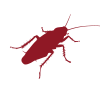
Pest Control Services
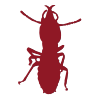
Termite Treatment
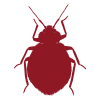
Bed Bug Treatment
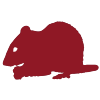
Rodent Control
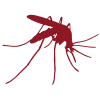
Mosquito Control
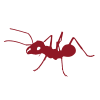
Ant Control
WHAT WE CAN DO FOR YOU
- Personalized excellent "live" customer service.
- Minimize your pest problem for good.
- Increase the value to your business.
- We are State Licensed. Bonded & Insured - saves you money
- We are a local, family-owned business with a wide range of experience devoted to sustainable environmental health
- Monthly, quarterly, yearly special services as needed
PEST CONTROL SERVICES INCLUDE
- Identification and treatment for the existing pest problem We will visit your home to determine the extent of your current pest infestation and locally treat infested areas.
- Perimeter treatment On our first visit, we will perform interior and exterior perimeter treatments to prevent further infestation.
- Quarterly treatment thereafter, we service your home every 3 months including an exterior perimeter treatment.
- Customized services available including monthly and yearly treatments.
WHO WE ARE
Shumaker's Pest Control is a family-owned company utilizing the best practices in the industry and exceeding each of our client’s expectations by providing exceptional quality and personal service.
We would welcome the opportunity to earn your trust and deliver you the best service Shumaker's Pest Control has to offer.
PROFESSIONAL ASSOCIATIONS

